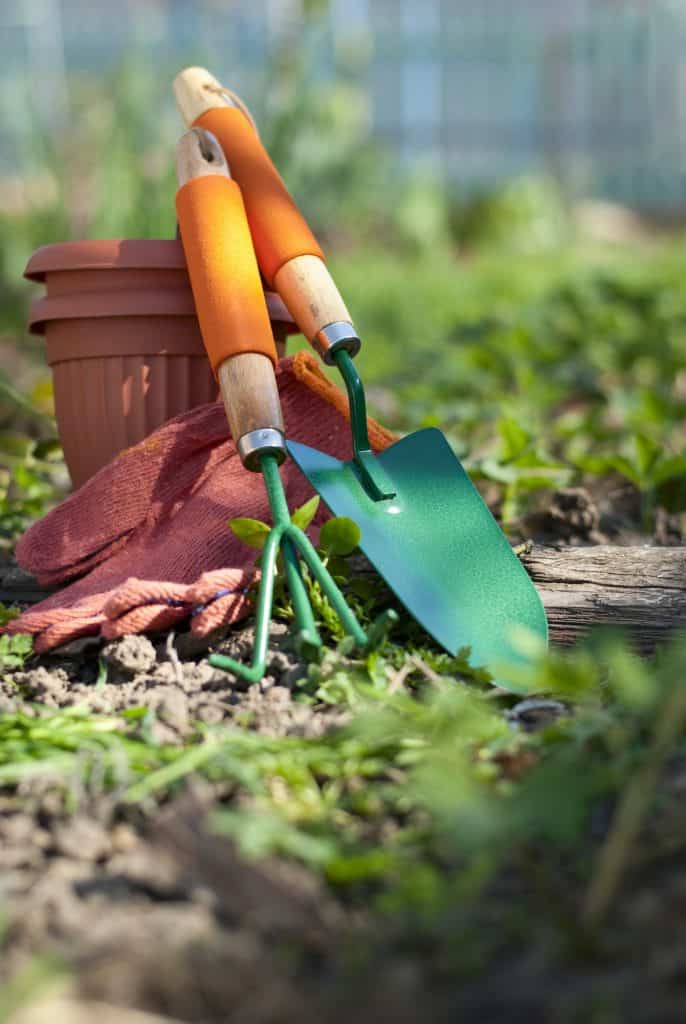You’ve done all the preparation and your garden is good to be ‘glammed up’ all ready for you to sit back and relax and enjoy the summer
Courtyard, green oasis, large and luscious, small and secluded – whatever type of garden you have you’ll want to make it work for you and its place in your life.
An increasingly popular way to make the most of your garden is to create zones or spaces designed to suit a particular purpose.
Careful planning even in smaller gardens can result in two or three areas, try a larger focal zone with one or two smaller ones, it will largely depend on how you use your garden space.
Most of us want a relaxation area, somewhere to lie back on a lounger and probably an entertaining/dining area too. Perhaps you work from home and a garden room offers you some escape or just want a space to chill out?
Sit back and consider the choices – patio and/or decking are a good place to start, make space for both if you can and you’re creating zones without realising it. Seating is a must, chairs and a table, anything from a cute bistro set to a full on comfy garden sofa taking the indoors out or a wooden table and chairs fit for a banquet. You may find that once you’ve created your zones, the seating falls into place naturally.
Add a touch of class, comfort and luxury to your garden with unique, high quality rattan and teak furniture and ornaments from Rattan & Teak. Customers can be assured of an expert, premium installation service and bespoke delivery that befits the superior product they are purchasing. Visit rattanandteak.co.uk for more.
If you’re looking for high-quality long-lasting outdoor furniture covers or gazebo side panels check out family-run, UK-based cover manufacturer – Kover-it. They manufacture all types of covers, including for sofa sets, BBQs, pool tables, durable waterproof sides for gazebos. All are bespoke and manufactured to ensure the best fit. For more info visit kover-it.co.uk
With over 40 years of experience across our family run buiness, you can be confident Surrey Pools and Water can offer bespoke solutions in all aspects of your garden features, including swimming pools, hot tubs and jacuzzis, water features, breakdowns, repairs and maintenance, liner replacements as well as irrigation and rain water harvesting. Operating across all GU postcodes, we pride ourselves on first class quality, excellent workmanship and customer service. More at surreypoolsandwater.co.uk
Summer is the time to entertain al fresco and enjoy the fruits of your hard work with friends and family. Explore your dining options, do you like nothing better than the sizzle of a burger on the BBQ, like to mix up your toppings with a pizza oven or will only a full-on outdoor kitchen feed your need?
BBQ areas are rapidly becoming extensions of your kitchen, from live fire cooking to the ease and convenience of a Traeger Wood Fired Grills, Black Box BBQ, near Liss, has knowledgeable staff and all the useful gear to ensure your BBQ area is a great place to relax, eat and entertain. Find out more at blackboxbbq.co.uk and call 01420 612591.
Garden rooms have increasingly become an extension of your home and not just for those who work from home. Always wanted to run your own business but not sure where you’d do i? They make the ideal space for a beauty salon or dog grooming parlour and are a great way to gain an extra room without the cost of moving or an extension.
New Timber Spaces offers the perfect solution for the versatile and personalized outdoor space you’re looking for. Their expertise in designing, building, and customizing garden rooms ensures each customer receives a tailored, high-quality sanctuary that enhances their outdoor lifestyle. Transform your garden with a garden room, cabin or outdoor office with their exceptional craftsmanship and attention to detail. More at newtimberspaces.com
One thing that’s pretty much a necessity in this country is some sort of shade or cover. Awnings and sails add a decorative touch and are available in a variety of styles and colours. If you’re after a more permanent fixture then pergolas and gazebos will add a stylish touch to cover your furniture or just as a shelter.
In East Hampshire there’s a family firm, Ambassador Timber Buildings, manufacturing and installing premium-quality bespoke, custom-made outdoor buildings in oak, cedar, larch, and other timber, as well as composite cladding finish. They also supply and install aluminium shading solutions. See their advert in this magazine or visit their website – ambassador-projects.com
Need finishing touches to complete your masterpiece? Garden decor such as stylish pots will attract attention, a fire pit will help ward off any chills while lighting will allow you to enjoy your haven late into the night.
Using traditional techniques dating back 4,000 years and hand thrown on the wheel in Crete, these quality pots are fired at 1,150 degrees centigrade, guaranteeing quality and durability, ensuring they are frost proof to endure our winters. Order online at cretepots.com or visit the Crete Pots showroom displaying over 150 pots in the heart of Hampshire.
Prepare for al fresco dining with Culinary Concepts. Set the table with perfect dining pieces and illuminate your space with beautiful garden lanterns. Visit our Hampshire Showroom, at Lodge Farm, Hook Road, North Warnborough, RG29 1HA (just past Newlyns Farm Shop).Visit culinaryconcepts.co.uk for latest opening hours.













